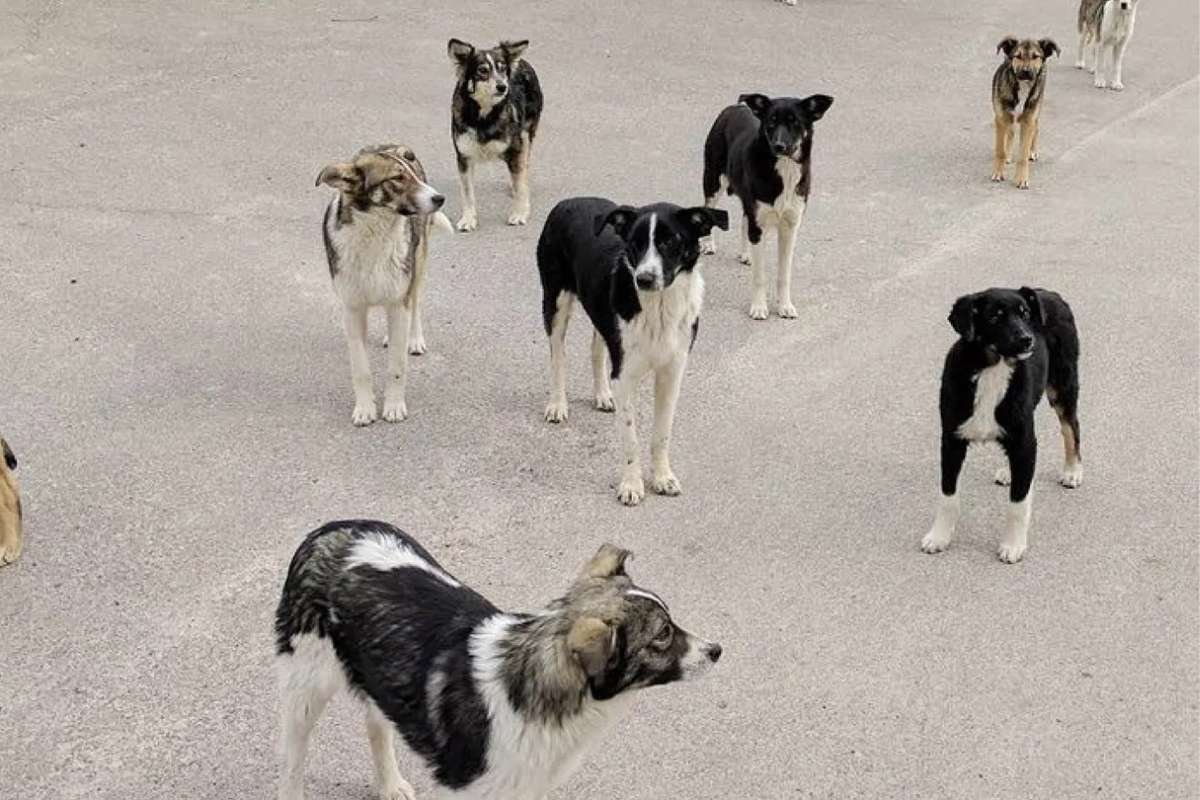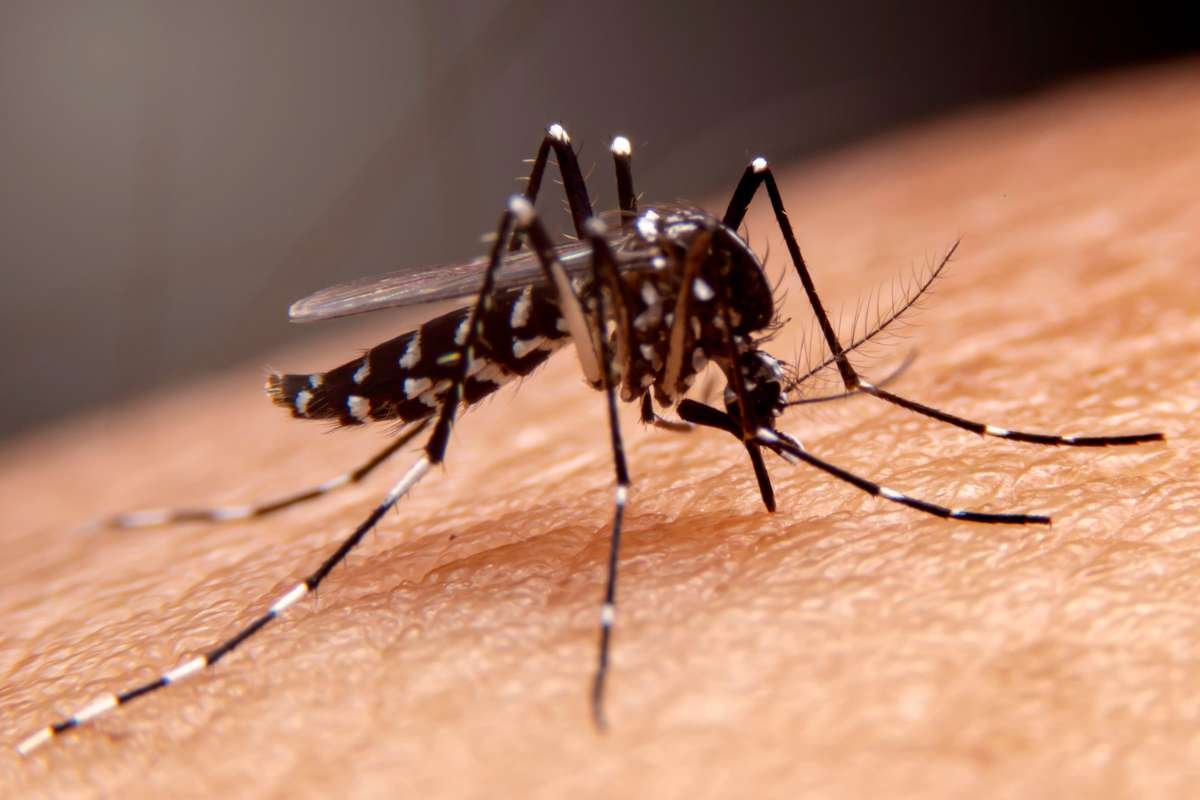Nearly four decades after the catastrophic 1986 Chernobyl nuclear disaster, scientists have uncovered intriguing findings about the animals that now inhabit the irradiated exclusion zone. A recent study has revealed that Chernobyl Feral Dogs living near the Chernobyl Nuclear Power Plant display distinct genetic differences from their counterparts just 10 miles away.
Researchers from the University of South Carolina and the National Human Genome Research Institute analyzed the DNA of 302 Chernobyl feral dogs living in or around the Chernobyl Exclusion Zone (CEZ). Their findings, published in the journal Science Advances, suggest that these animals may have undergone rapid genetic changes, potentially influenced by long-term exposure to radiation.
While the study does not definitively link these genetic differences to radiation, it provides critical insights into how animal populations adapt or evolve under extreme environmental stressors. The Chernobyl Feral Dogs, many of which are believed to be descendants of pets abandoned during the mass evacuation, have now become the focus of a fascinating investigation into evolution in real time.
Radiation’s Mysterious Role in Genetic Shifts
The idea that radiation could drive natural evolution is not entirely new. Scientists have long experimented with exposing plant seeds to radiation, sometimes even in outer space, to induce mutations that improve resilience in changing climates. Similarly, Chernobyl has become a living lab for understanding how radiation may influence genetic adaptation in wildlife.
In previous studies within the CEZ, researchers observed changes in other species, such as Eastern tree frogs developing darker pigmentation that could help mitigate radiation’s effects. This sparked curiosity: Could Chernobyl Feral Dogs be experiencing similar adaptations?
According to co-author Elaine Ostrander, a genomics expert, the research team aims to understand how these animals manage to survive and reproduce in such a hostile environment. “Do they have mutations that they’ve acquired that allow them to live and breed successfully in this region?” Ostrander asked in an interview. The study found notable genetic variation in Chernobyl Feral Dogs near the power plant compared to those in Chernobyl City, just 10 miles away.
These differences could hint at radiation-induced evolution, though scientists caution that other factors, like inbreeding, might also account for the changes. Nonetheless, the research sets the foundation for further investigation into how radiation impacts genetic traits in larger mammals.
Scientific Opportunity in a Post-Disaster Landscape
Despite being a symbol of nuclear disaster, the Chernobyl Exclusion Zone has transformed into an ecological sanctuary of sorts, largely free from human interference. This has allowed scientists to study evolutionary biology in a unique setting, offering insights that would be difficult to replicate elsewhere.
While conclusive evidence of radiation-driven evolution in Chernobyl Feral Dogs is still pending, the recent study has opened new pathways for exploration. Future research comparing these irradiated populations to dogs in unaffected areas may provide a clearer understanding of the long-term effects of radiation exposure.
In the meantime, these resilient dogs stand as living testaments to nature’s ability to adapt and perhaps even evolve under the most extreme conditions.







